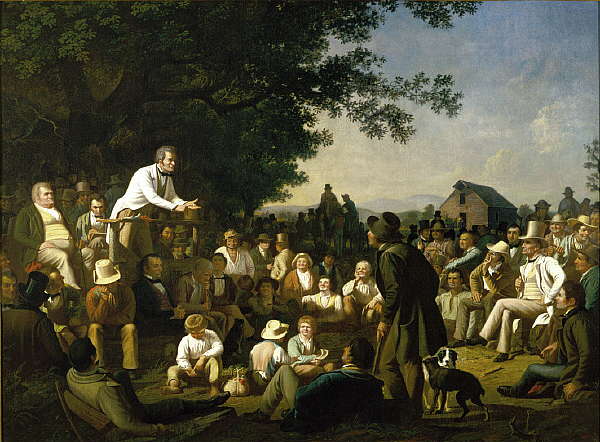
by john@johnhagerman.com |
By John Hagerman Business owners and managers tend to spend a fair amount of time thinking about how to increase productivity, profits and retention. They recognize that happy employees tend to be more productive, making more profits for the company, and they stay with the company longer, meaning the company doesn’t have to spend as much on hiring and training new employees. Better working conditions, more generous paid time off, and other enhanced benefits are just of the few ways employers are looking at to accomplish these goals. Fortunately, more and more of them are also beginning to understand that one way to these goals actually comes from letting employees to step away from work. They’re discovering that encouraging employees to volunteer in the community, and actively supporting community projects, is good for business. Too many companies tend to think in terms of simply writing a check to a nonprofit. Some do a sponsorship, but limit it to putting an image on their packaging and websites saying they support a particular cause. These are fine, but they’re cookie cutter solutions that allow companies to say they’re doing good rather than using more conscious choices and approaches that can achieve much better results. Instead of check writing or basic sponsorship, companies who find causes that take into consideration the company history and values, products, employee values, and what’s most important to their constituencies, achieve far better results. The good they are doing in the community is a true reflection of the company’s values and their customers notice it and tend to buy more products and services from the company. But...

by john@johnhagerman.com |
By John Hagerman Anthropologist Joseph Campbell spent his life studying the myths and stories that built our world. He discovered that there really were very few stories and that they kept being told over and over again. He discovered that great stories had certain components in common, 12 to be exact, and if a story had all of these components, it was far more likely to resonate with the people who read, heard or saw the story, than a story that didn’t. Stories that didn’t have all the components rang false and fell flat. Stories that had all the components resonated with their readers because they felt real, authentic and believable. Today, the work of Joseph Campbell has been discovered by marketers and corporations. They’re trying to hit all the right notes to motivate people to buy their products, and its working, sort of. I discovered Joseph Campbell over 30 years ago. The myths he wrote about resonated with me and motivated me to pursue a Bachelor’s Degree in Creative Writing and moved me to get my MFA in Screenwriting from the American Film Institute. At AFI, I learned from the best of the best on modern storytelling, like James Cameron, Bill Moyers, Sidney Poitier, Kirk Douglas, Gary Marshall and Charleton Heston. They fostered a passion in me for discovering great stories and sharing them. I still have a passion for stories. When I speak, I tell stories. When I hear other speakers, I’m listening for their stories and how they resonate in me. When I go to a movie or a play, or watch TV, I rejoice when...

by john@johnhagerman.com |
By John Hagerman For the past eight months I’ve been teaching public relations and public speaking. When I teach, I’m not always very subtle, so I’m pretty blunt about telling my students that part of their future jobs should be advising their employers to get on the bandwagon for doing good things in the community. I showed them the Edelman Good Purpose survey that says customers expect companies to do more than just write checks. I also shared some of my 10 years of experiences working with employees and organizations helping them find ways to make a difference. The positive impact on employees who are encouraged to get involved in doing good in the community is measured by more than increases in productivity; it’s measured by greater satisfaction in their work, better retention rates, and the shared connections that build stronger communities both inside and outside of the workplace. I can easily trace the roots of my commitment to making a difference to a single day in 2003. As I gave the eulogy at my mother’s funeral in October of 2003, I looked out and saw a church overflowing with people. Two days later we filled the Old Log Theater, the home of her actress soul, with another 400 people. I couldn’t help but wonder how many people would show up at my funeral. I didn’t like the answer and knew I needed to make some changes, but I wasn’t sure what to do. My wife gave me the answer a few months later when she gave me a framed Winston Churchill quote that read, “You make a living...




Recent Comments